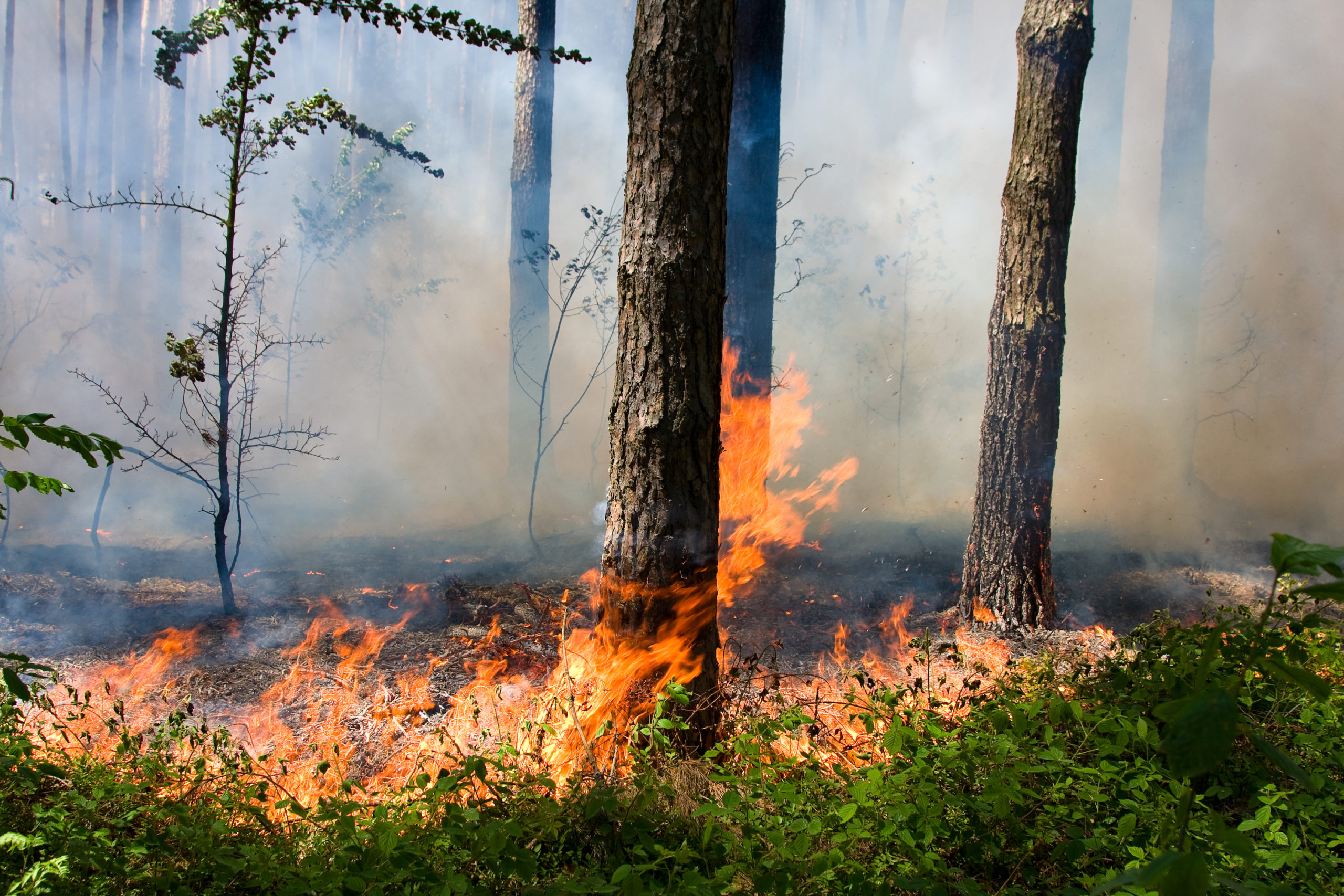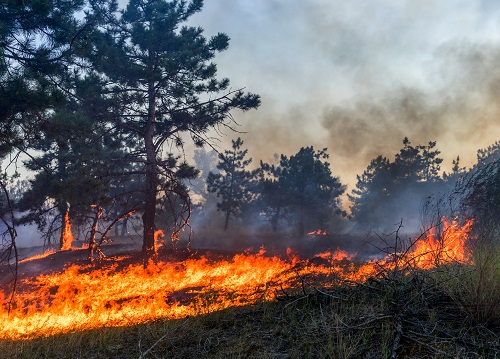Activity 81: Living with Fire
Students learn about the three elements a fire needs to burn and find out how an understanding of this “fire triangle” can be used to both prevent and manage wildland fires.
This is one of 96 activities that can be found in PLT’s PreK-8 Environmental Education Activity Guide. To get the activity, attend a training either in person or online and receive PLT’s PreK-8 Guide.
The PreK-8 Environmental Education Activity Guide is a supplementary curriculum that is multi-disciplinary, with an emphasis on science, reading, writing, mathematics, and social studies.
Each activity displays explicit connections to practices and concepts expected by the following national academic standards so teachers can easily see where the materials will fit into their lesson plans:
- Next Generation Science Standards (NGSS)
- Common Core Toolkit, includes
- English Language Arts (CCSS.ELA)
- Mathematics (CCSS.MATH)
- College, Career, and Civic Life Framework for Social Studies (C3)
Our professional development further demonstrates these connections, as well as to state and local standards, contact your state coordinator.
STEM: Living With Fire
Use these STEM lessons to teach students the difference between a wildfire and a prescribed fire, and how fire can be beneficial to forests when it is planned and managed.
EE Resources
Flat Smokey
This printable cutout of Smokey Bear, courtesy of the Michigan Department of Natural Resources, can be colored, shared on social media, and sent through the mail to help teach kids about preventing wildfires. Created in 1944, the Smokey Bear Wildfire Prevention campaign is the longest-running public service advertising campaign in U.S. history. Learn the Story of Smokey,... Read more »
PHYLO: The Ecosystem Trading Card Game
A study 20 years ago found that British kids were better at identifying Pokemon than real wildlife. So a Canadian professor of teaching has crowdsourced ideas and created a competitive card game that teaches kids about ecosystems. Learn more about this scientific Pokemon-type card game called Phylo: The Ecosystem Trading Card Game. Download rules and a starter deck... Read more »
Foldable 3-D Fire Triangle Model
Simply print out and then fold this 3-Dimensional fire triangle model to help teach the 3 elements of the fire triangle, as well as to show the important connections between weather and how it influences fire behavior.
Forest Restoration Following Wildfire
Learn about the Tree and Forest restoration process after a wildfire with this comprehensive resource from Montana State University (MSU) Extension Forestry. In addition, MSU Extension has compiled multiple other resources that help students understand implications of wildfires. Students can read a about a 13-Year Case Study of Fire in the Northern Rockies, use a... Read more »
Ring of Fire
WildFIRE PIRE is a project of the Montana State University, involving an international team of scientists putting the past, present, and future of wildfire into global perspective. The group will use thousands of years’ worth of historical data on landscape vegetation, fire, human behavior, and climate to build a computer simulation to understand how future... Read more »
Fire Safety Website
Fire safety resources are available at www.firefacts.org. Teacher resources include a Jeopardy-style game on basic fire safety practices, fact sheets, family take-home activities, and links to additional fire safety resources and organizations. Student resources consist of online games and puzzles that teach fire safety rules.
Federal Registry for Educational Excellence – Fire Safety
Review fire safety practices with information and resources from the U.S. Fire Administration, the Federal Emergency Management Agency, and the Centers for Disease Control. You’ll find information about smoke alarms and fire extinguishers, kitchen safety, fire safety plans, and visits to a fire station. In addition, teachers can access online activities such as word searches,... Read more »
Login to download supporting materials such as appendices and teaching tips.
Login
 Get this Guide
Get this Guide
 Find Training
Find Training


